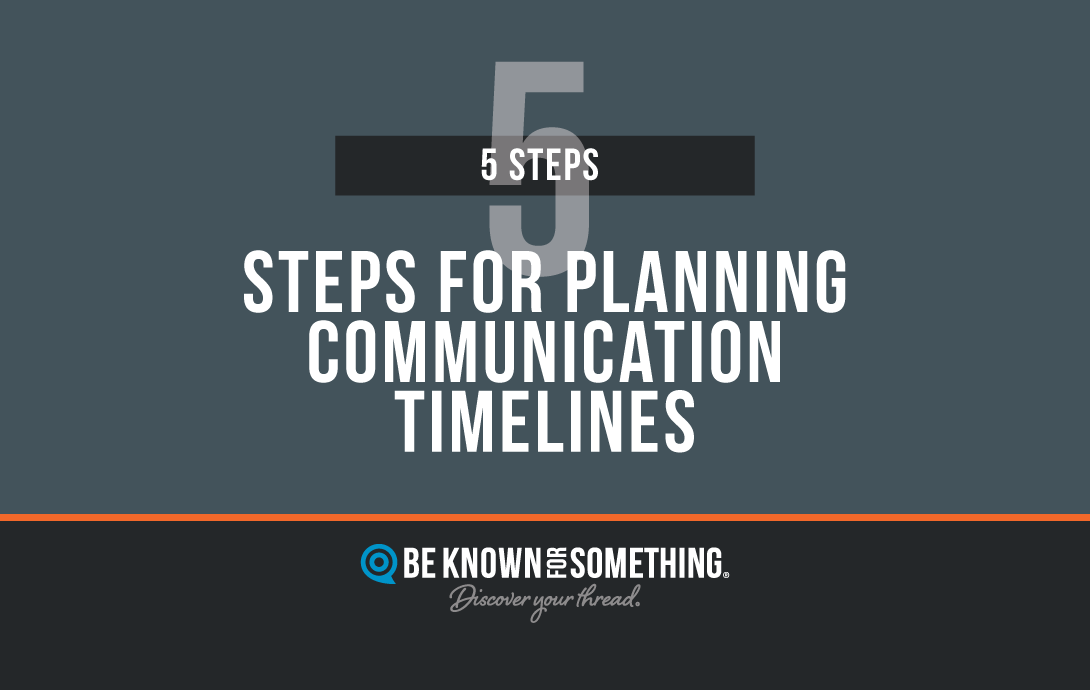5 Steps for Planning Achievable Church Communication Timelines

Planning church communication timelines with an achievable strategy is crucial to ensuring effective communication with members and the community. Keep them informed in a consistent manner. Here are five steps to help you create a well-structured and achievable communication plan for your ministries:
1. Define communication objectives
Start by clearly defining your communication objectives. What content do you want to convey? Who is your target audience (your personas)? What actions do you want them to take after receiving the information? It could be promoting upcoming events, announcing new ministries, sharing devotionals, or getting them to participate in special offerings. Ensure your objectives align with the church’s overall thread, mission, and vision.
2. Identify key events and dates
List all key events and dates relevant to your church throughout the year. This could include weekly services, special worship services, holidays, community outreach activities, fundraisers, and social events. Then prioritize based on how many you’d like to attend (i.e. all church, all ministry, smaller groups, etc.). Knowing these dates will help you plan your communication around them and ensure you don’t miss any critical announcements.
3. Determine communication channels
Decide on the communication channels you will use to reach your audiences. Churches often use a mix of platforms starting with the website, then social media (Facebook, Instagram, etc.), email newsletters, worship guides, mobile apps, and, of course, in-person announcements during services. Consider your target audiences’ preferences and the nature of the message to determine the most suitable channels for each communication. Start small and get them right before attempting a larger multi-channel effort.
4. Create a communication calendar
Build a communication calendar that outlines what messages will be sent, when they will be sent, and through which channels. Organize the calendar based on the key events and dates you identified earlier. Be sure to include lead times for collecting information, creating content, obtaining approvals, scheduling posts and getting printing done as needed. A well-structured calendar will help you stay on track and ensure timely communication. Allow everyone who creates ministry events to refer to this calendar to keep from overwhelming your congregation’s families with too many events clustered together.
5. Assign responsibilities
It’s difficult to do everything. So, if possible, assign specific responsibilities to individuals for all tasks on your church communication timeline. This can be paid staff, volunteers, or contracted services. This includes content creation, design, social media posting, email blasts, and in-person announcements. Clearly communicate deadlines and expectations to each team member and ensure everyone is aware of their role in the communication plan. Be an encouragement while gently improving all of your communications. It will become invaluable in the future.
Remember church communication is a two-way process. Encourage feedback and engagement from your church members and be ready to adapt your communication plan based on their needs and preferences. Regularly evaluate the effectiveness of your communication efforts and make improvements as needed to strengthen the connection church members feel with the church. Always be on the lookout for anyone interested in joining your volunteer church communication team.
Want 25 Game-Changing Resolutions?
Related Posts

Christmas Church Communication Strategy: 3 Nativity Lessons
Christmas isn’t just another event on the calendar; it’s a strategic opportunity to communicate the Gospel to a world that’s

3 Church Leadership Skills That Transform Your Ministry
You didn’t accept a call to ministry just to maintain the status quo. You were called to lead to inspire,

How to Create a Church Marketing Strategy That Reaches Your Community
You’ve been called to lead a church that makes a difference in your city. That means developing a clear church


